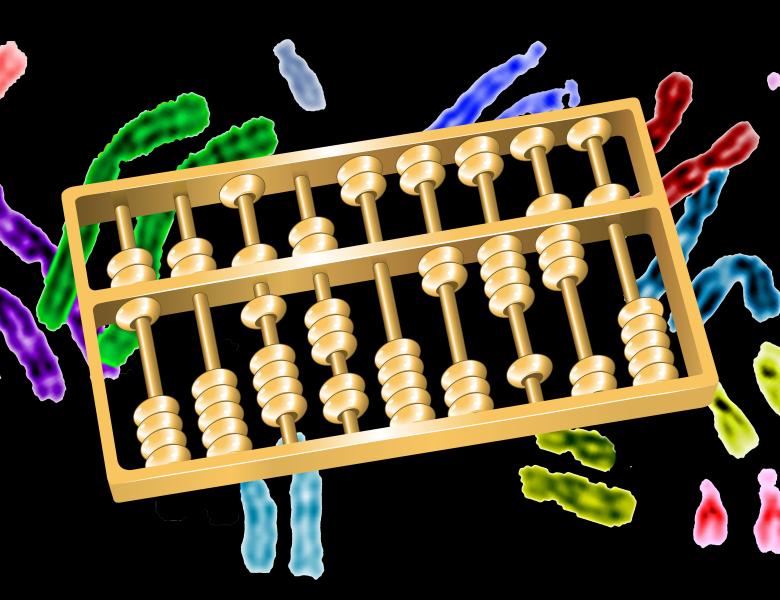A longstanding puzzle in human genetics is what causes many hereditary diseases to manifest clinically in few tissues only. For example, familial mutations in BRCA1 lead primarily to breast and ovarian cancers, and familial mutations in RB1 lead primarily to retinoblastoma, while the causal BRCA1 and RB1 genes are expressed ubiquitously throughout the body without harming many other tissues. We approach this fundamental question using comparative network analyses and assess it quantitatively for the first time. Firstly, we integrated recent RNA-sequencing profiles with data of protein interactions, and constructed protein interactomes for tens of human tissues. Using this resource, we assessed the similarity between the interactomes, and then characterized different factors that contribute to the tissue specificity of over 300 hereditary diseases.
The tissue-specificity of some diseases was easily explained, namely causal genes were expressed exclusively in the disease-manifesting tissue (e.g., Duchenne muscular dystrophy, caused by germline mutations in the muscle-specific DMD gene). However, this was relevant to only ~6% of the diseases in our dataset. Another factor was the level of expression of causal genes: In ~30% of the diseases, the causal gene was ubiquitously expressed yet had elevated expression preferentially in the disease tissue, suggesting that this could lead to its tissue-specific phenotypes. The most intriguing factor was identified by comparative interactome analysis. We found that in 20% of the diseases, causal proteins had increased number of tissue-exclusive protein interactions in their disease tissues compared to unaffected tissues. In several cases, these tissue-exclusive interactions highlighted previously identified disease mechanisms, showing that comparative interactome analysis provides a powerful approach for interrogating disease etiologies. Our recent finding relates to the role of causal genes paralogues. For years, it was hypothesized that paralogues that are functionally redundant with causal genes compensate for them across tissues, except for within the disease tissue. However, this hypothesis was never analyzed rigorously. Using our resource, we found strong quantitative evidence for this hypothesis. In summary, network approaches can shed a much needed light on the ways by which genetic aberrations lead to phenotypes, and can effectively enhance our currently limited understanding of the molecular basis of a large variety of hereditary diseases.
